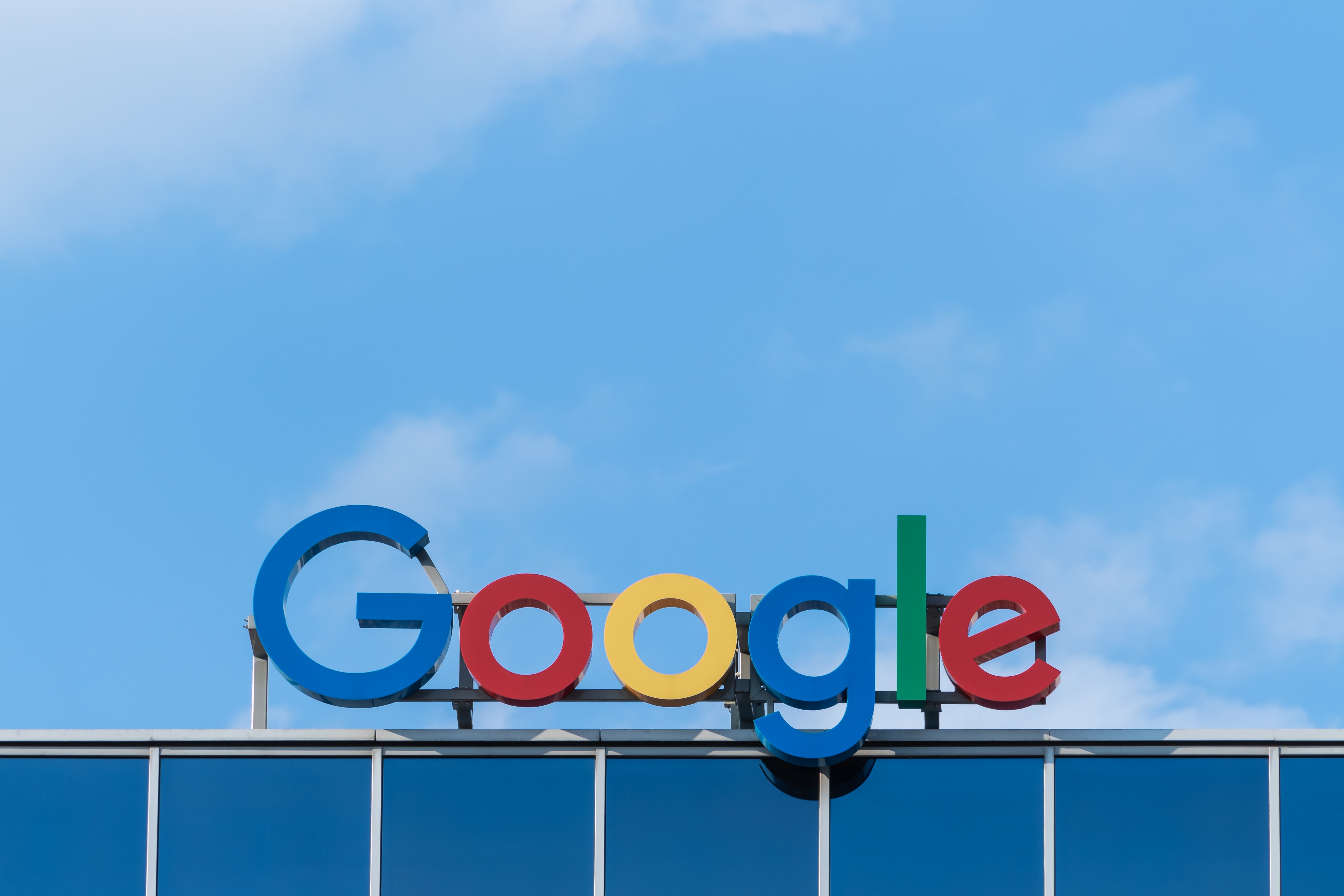In early September, Google announced it had changed its news algorithm to highlight original reporting on the web. When Richard Gringas, vice president for Google News, published the change on a blog post, a wave of reactions surged for and against the measure. In online news, it’s hard to break a story and easy to publish articles with similar information once the story is out. Google wants to prioritize that original reporting, bump it up in its Google searches and, thus, make it get more clicks and ad revenues. It doesn’t sound bad, but it points to a more significant concern—the influence that Google has over the news business.

With print journalism, imitative articles were not as big an issue for reporters as they are now. When a newspaper published a story on a given day, other papers would have to wait until their next edition to publish their follow-up story—if they were dailies, that would mean the next day. On the Internet, follow-up articles can be online in less than 10 minutes after the first story is released. Given how Google and YouTube’s algorithms work, the latest and most viewed articles usually remain on top of the searches. This is definitely detrimental for both the platform with the original article and the users. It can be worse than not getting the deserved credit and traffic: for example, as The New York Times points out, after the 2018 massacre in Parkland, Florida, YouTube’s number one trending video was a fake news story saying that the survivors were actors. Facts and accuracy should matter more than views.
The change in the algorithm may very well be beneficial for news outlets. As Gringas writes on his post, Google will have more than 10,000 raters around the world evaluating news reporting to improve the algorithm. With the new guidelines, evaluators must use the highest rating for stories “that provide information that would not otherwise have been known had the article not revealed it. Original, in-depth, and investigative reporting requires a high degree of skill, time, and effort.” For breaking news organizations, this is great—their work will get more clicks.
However, this change highlights the influence the tech company has over the media industry. Once the idea that breaking news will get better searches settles in, news outlets may devote more revenue to write original reporting, that is, to publish something new. But journalism is not only breaking news—especially because the updates can very well be irrelevant or inaccurate. Journalism is also providing precision, context, and more information for the readers. Follow-up articles can be better than the original news piece if the latter offers an update, while the former provides the context, new voices, and summarizes the process with information from multiple articles. Surely, if original reporting gets more clicks and thus more revenue, news organizations will promote it, leaving aside a more reflexive kind of journalism.
For Google, this is all good news—another form of benign influence, and a new step to protect the industry. Gringas says that in the world of print, publishers paid newsstands to display their content, and Google does that for free. According to the Google executive, the numbers look great for publishers: in Europe, people click on news content through the platform 3,000 per second.
But there are other numbers. In the second quarter of 2019, $32.6 billion of Google’s $38.9 billion in revenues came from advertising. In 2018, $116 billion came from ads, 85% of the total revenues. Interestingly, Pew Research Center says that the total advertising revenue for the newspaper industry (both print and digital) was $14.3 billion in 2018—that same year. Publishers indeed get traffic from Google, but Google can also charge advertisers for their ads on the platform, as users search for news. A study by the News Media Alliance, an organization very critical of tech moguls, revealed that in 2018, Google made $4.7 billion from news content—it’s 4% of Google’s total revenue in 2018, but it represents a 33% of the total ad revenues collected by the newspaper industry. The numbers speak for themselves—Google takes a piece of the ad pie that could go instead to the news industry. The News Media Alliance report adds that between 16% and 40% of Google search results are news stories.
Google definitely brings traffic and advertising revenue to news publishers. But the tech company benefits materially from its influence over the media industry, by garnering ad dollars and setting the industry on a path. Its latest benign direction is to prioritize original reporting. With online news so dependent on ad dollars and Google search traffic, it makes us wonder how much autonomy the media business has, after all.


however google is always profitable
Thanks for sharing.
Thanks for sharing this info
thanks for sharing
Thanks a lot or sharing this post, It really helped me and made me aware!
hello tanks for your article
thanks for article
Thanks for sharing..
I love this article thanks for your sharing
hello thanks for your article
Thanks for sharing this info
I love this article thanks for your sharing
Thanks for sharing this info
Thanks for sharing this info
I love this article thanks for your sharing
جهانی بدون مرز با پاسپورت دومینیکا
Thanks for sharing this info for we
Thank you for this update and your explanations.